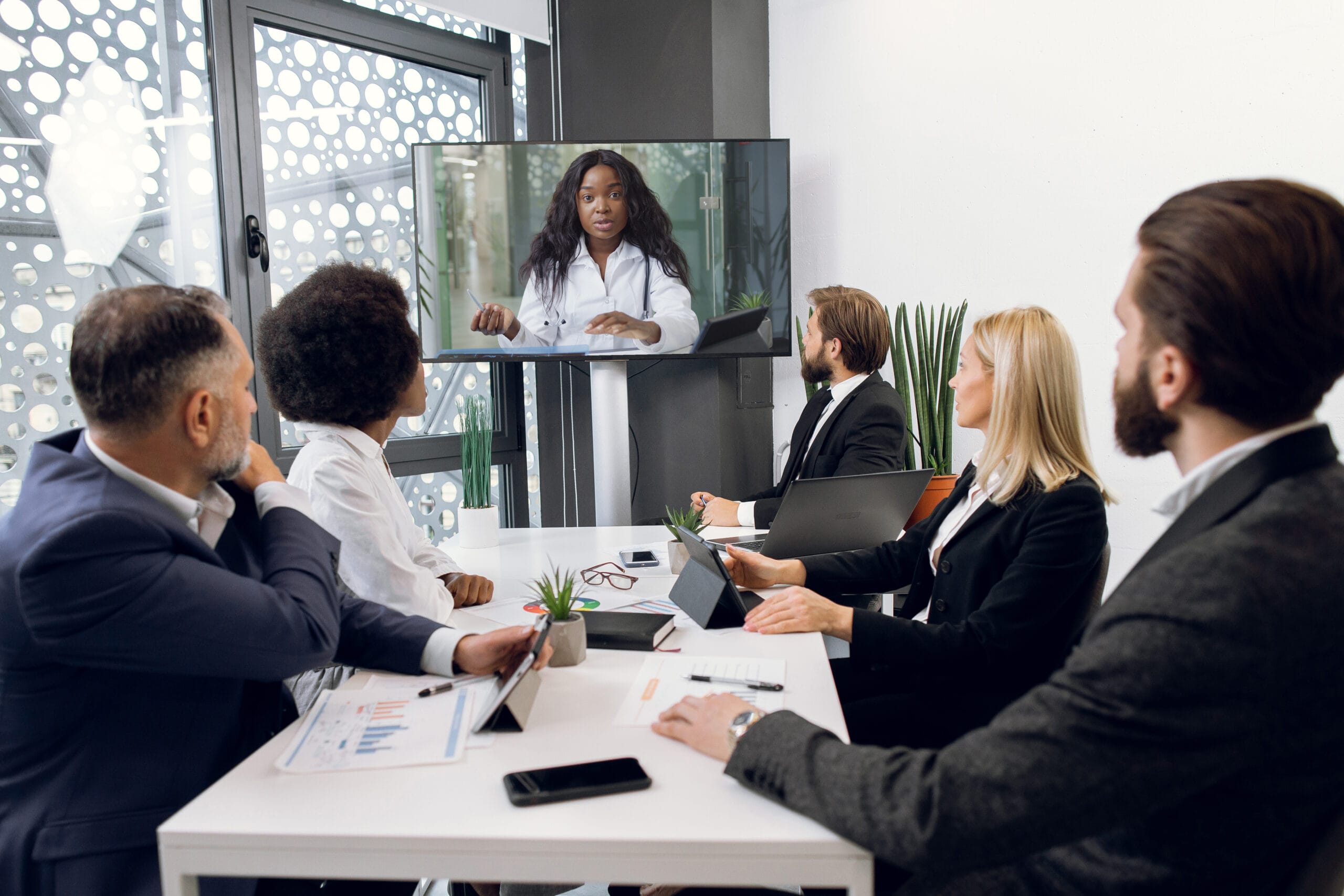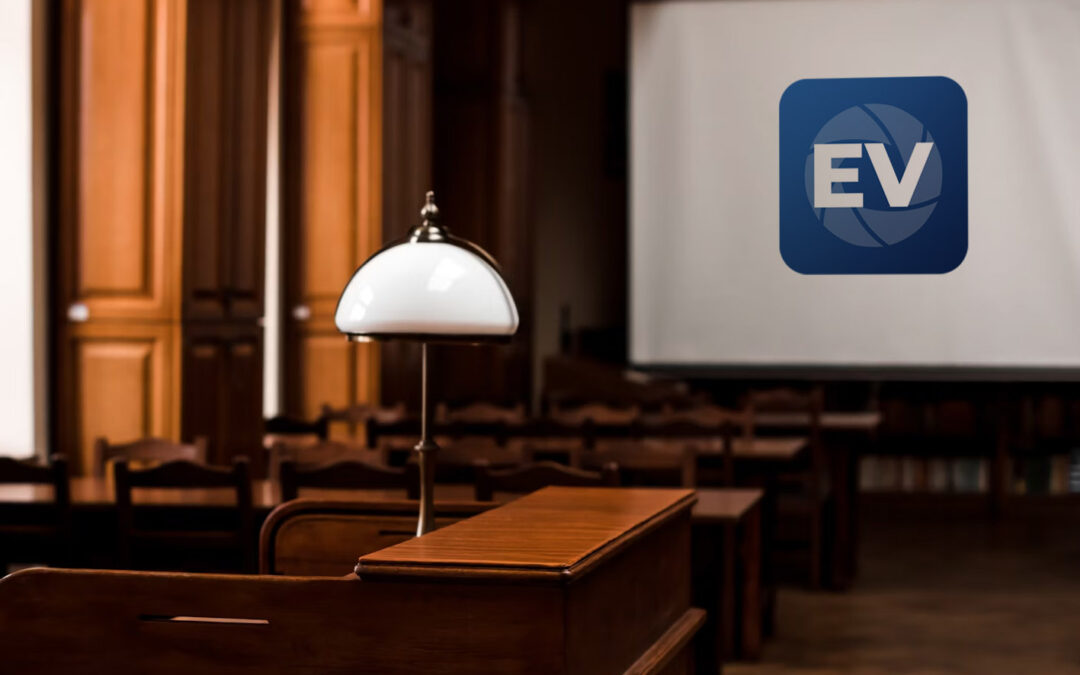Law firms rely on powerful trial presentations for courtroom success.
Law firms rely on powerful trial presentations for courtroom success.
Blog Article
How Trial Presentations Enhance Your Disagreement and Encourage Jurors
Test discussions act as an essential system for enhancing legal debates and encouraging jurors. By incorporating aesthetic help, narrative frameworks, and emotional engagement, attorneys can produce an engaging instance that resonates on numerous levels. The strategic use of visuals not only makes clear intricate details yet additionally catches jurors' attention a lot more successfully than words alone. Nonetheless, the art of storytelling plays a just as important duty in transforming valid proof into a compelling story, shaping jurors' understandings - trial presentations. Comprehending these elements can dramatically affect test outcomes, raising the inquiry of how each part contributes to this elaborate dynamic.

Value of Aesthetic Aids
Aesthetic aids play a crucial duty in boosting the performance of trial presentations, as they can dramatically enhance audience interaction and retention of information. In the context of a test, where jurors are tasked with processing complex details, aesthetic aids serve to simplify and clear up bottom lines. Charts, charts, and pictures can convey data and principles that might otherwise bewilder or puzzle jurors, enabling a much more uncomplicated understanding of the proof presented.
Moreover, aesthetic aids help in keeping juror attention throughout the process. By damaging the uniformity of verbal statement, these devices can punctuate crucial arguments, making them extra unforgettable. Effective aesthetic help can also stimulate psychological reactions, which can be critical in convincing jurors to straighten with the presenter's narrative.

Crafting Compelling Narratives
An engaging narrative is important in trial presentations, as it works as the foundation of efficient persuasion. It allows attorneys to weave with each other facts, proof, and psychological components into a systematic tale that reverberates with jurors. This narrative structure allows jurors to recognize the intricacies of the case while guiding them with the lawyer's argument.
To craft a compelling story, attorneys must concentrate on quality and comprehensibility. This involves establishing a clear lead character-- commonly the client-- and detailing their journey via the events concerned. Providing the realities in a sensible series enhances comprehension and maintains engagement. Furthermore, making use of brilliant summaries can develop mental images that help jurors picture the occasions, making the story a lot more remarkable.
Moreover, incorporating essential motifs throughout the presentation enhances the core message and aids in retention - trial presentations. The story should not just convey info but likewise stimulate a sense of justice, highlighting the stakes involved. Eventually, a sound story cultivates a connection between the jurors and the case, positioning the attorney's disagreement as both legitimate and engaging, therefore boosting the possibility of a favorable judgment

Engaging the Jury Emotionally
Effective court interaction hinges on the attorney's capability to attach with jurors on an emotional degree. This connection can considerably affect jurors' assumptions and their best decision-making.
Visual aids, such as photographs or video clips, can even more improve psychological engagement, providing jurors with brilliant depictions of the situation's human components. Crafting a narrative that highlights the battles and accomplishments of the people involved guarantees that jurors see beyond the legal debates and acknowledge the human consequences of their decisions.
A lawyer's enthusiastic distribution can reverberate with jurors, strengthening their psychological investment in the situation. It's crucial to balance psychological charms with valid evidence, ensuring that jurors really feel urged to act while continuing to be the original source grounded in the reality.
Structuring Your Presentation

The body of the presentation must be rationally fractional into essential factors, each sustained by Visit Your URL engaging proof. It is valuable to utilize narration strategies to weave realities into a narrative that jurors can easily follow. Aesthetic help, such as charts and video clips, can boost comprehension and involvement, helping to highlight critical pieces of evidence.
Real-World Study
Examining real-world instance researches supplies very useful understandings right into the art of trial discussions and persuasion. The protection team successfully utilized a method that combined top-level specialist statements with multimedia presentations, which captivated jurors and inevitably influenced their choice.
An additional notable example is the "McDonald's Coffee Instance," where the plaintiff's attorneys utilized graphic pictures of the injuries received by Stella Liebeck. trial presentations. This plain aesthetic proof played a critical duty in sharing the seriousness of her burns, leading to a considerable jury honor. Such situations demonstrate that impactful test discussions often depend upon the effective assimilation of visuals and storytelling to stimulate emotional reactions from jurors
Moreover, the "Casey Anthony Test" highlighted the significance of narrative comprehensibility and credibility. The prosecution's failing to develop an engaging timeline lessened their convincing power, emphasizing the necessity of a well-structured presentation. Evaluating these instances reveals that successful trial presentations require critical planning, psychological interaction, and the ability to resonate with jurors' worths and beliefs.
Verdict
Test presentations significantly enhance disagreements and convince jurors through the read the full info here tactical usage of aesthetic aids, compelling stories, and emotional interaction. A well-structured discussion equilibriums emotional appeals with valid evidence, ultimately reverberating with jurors' worths.
Report this page